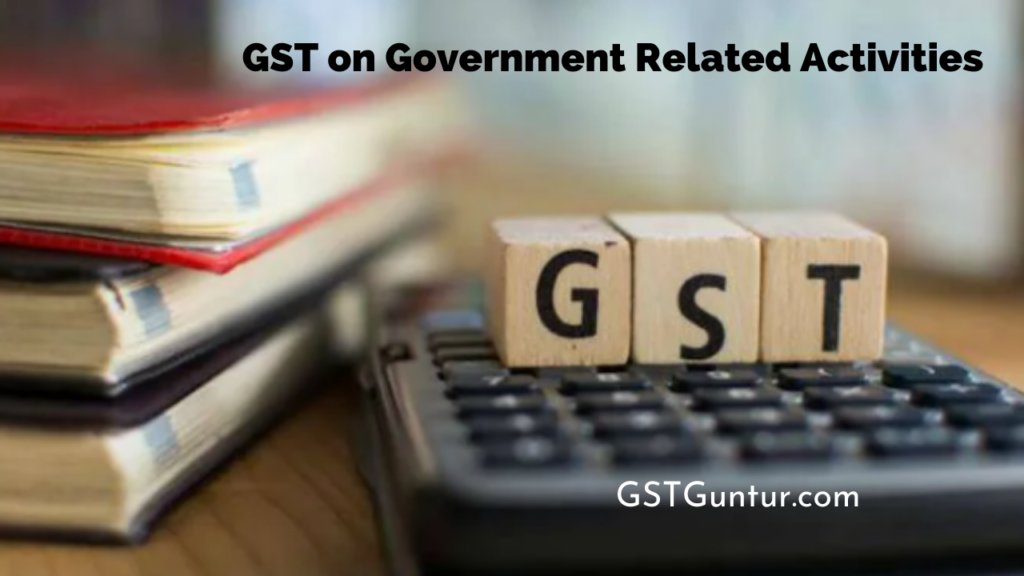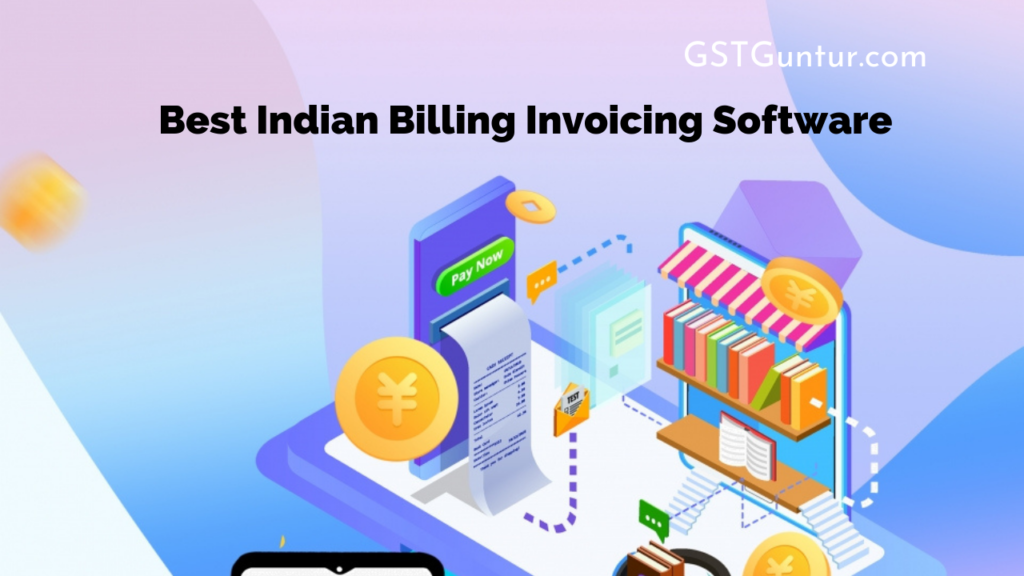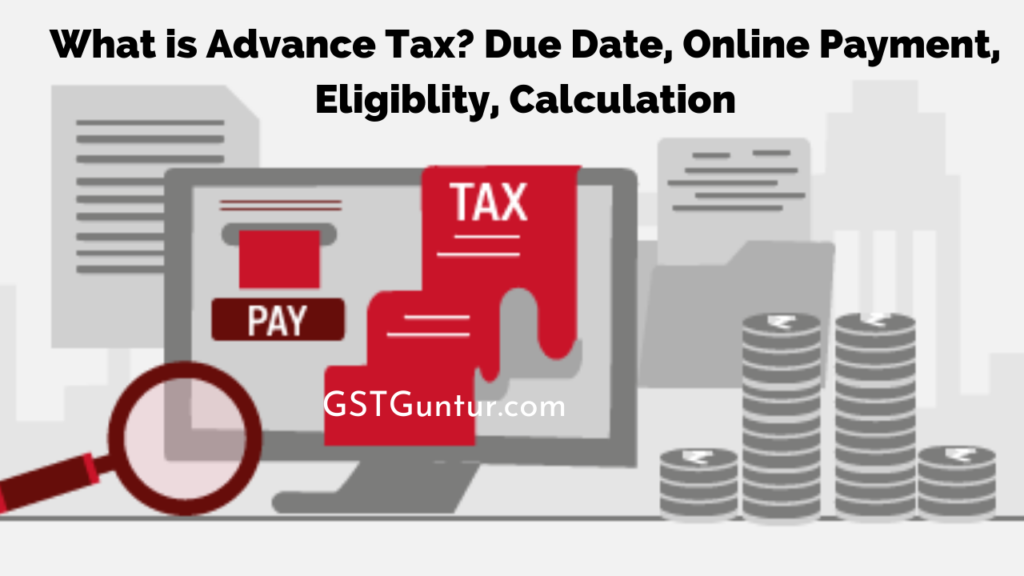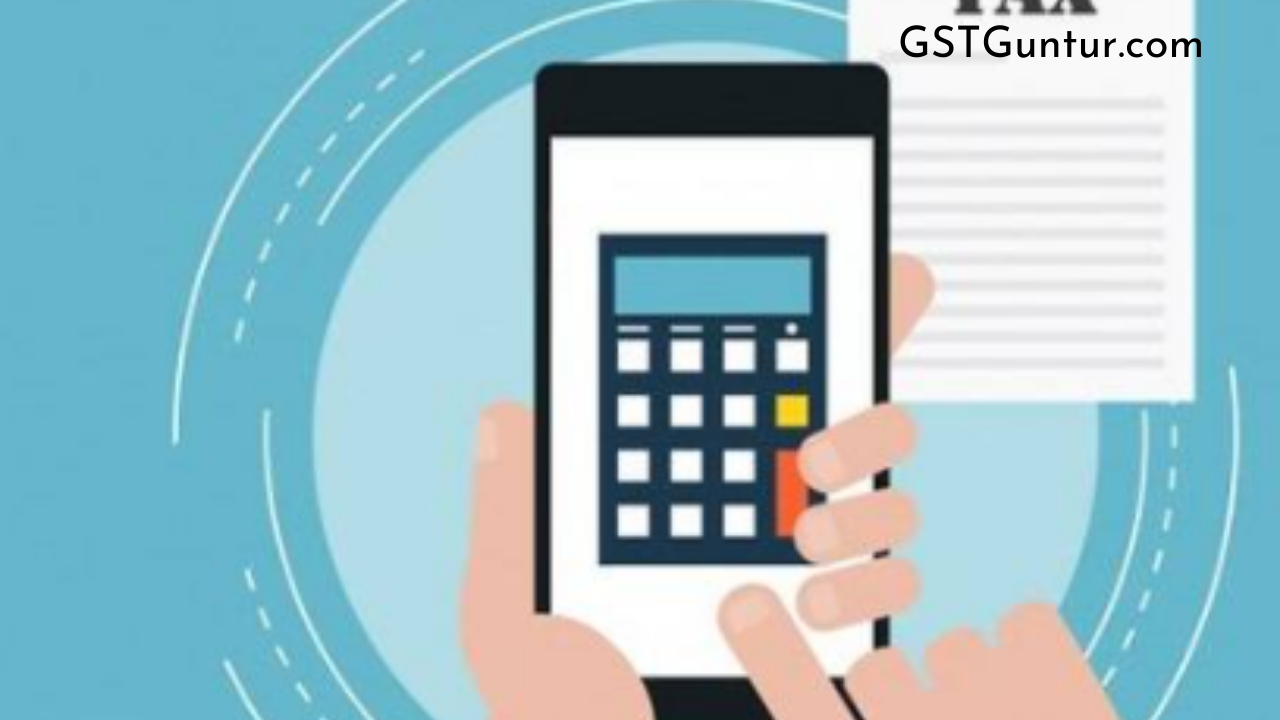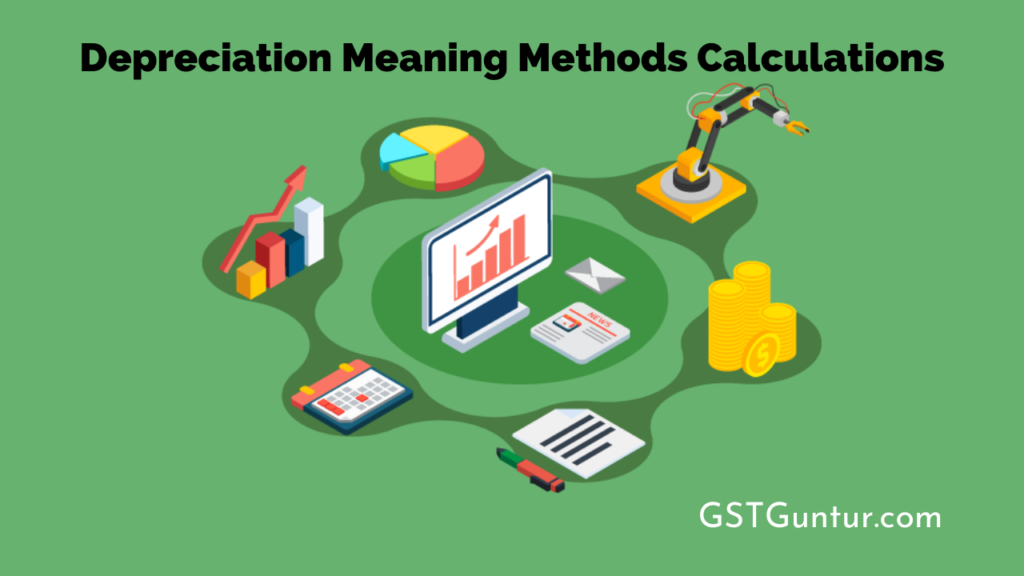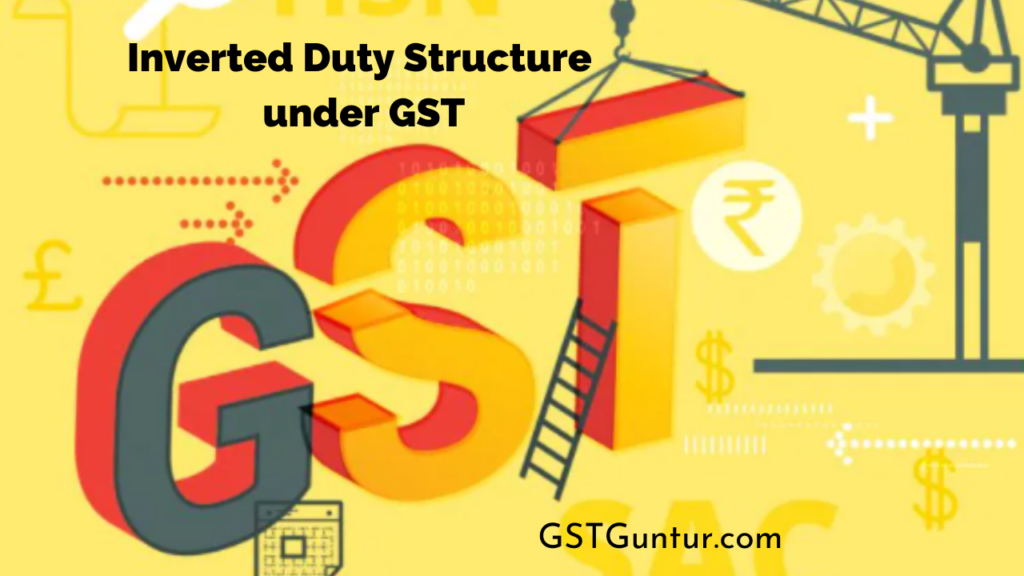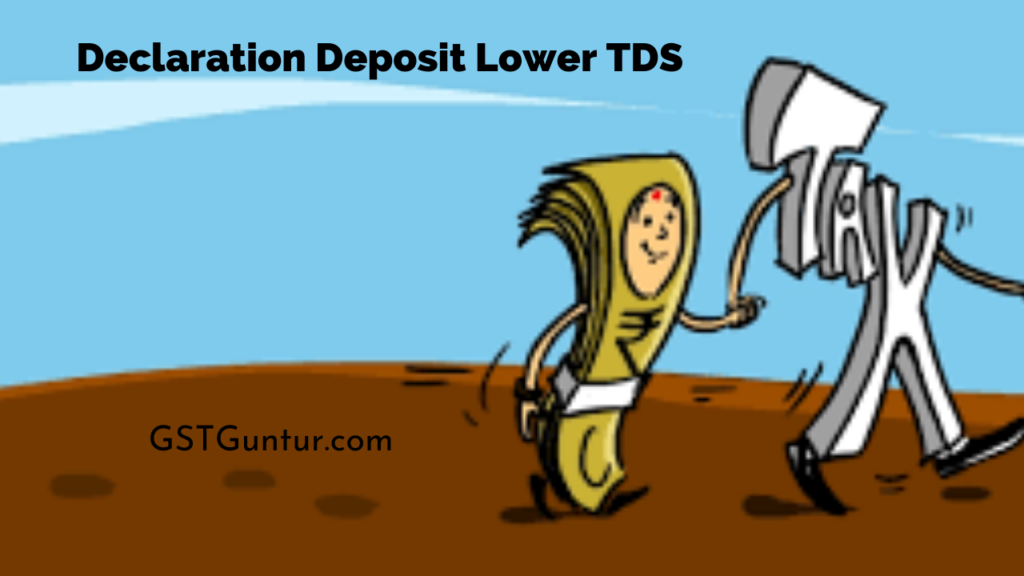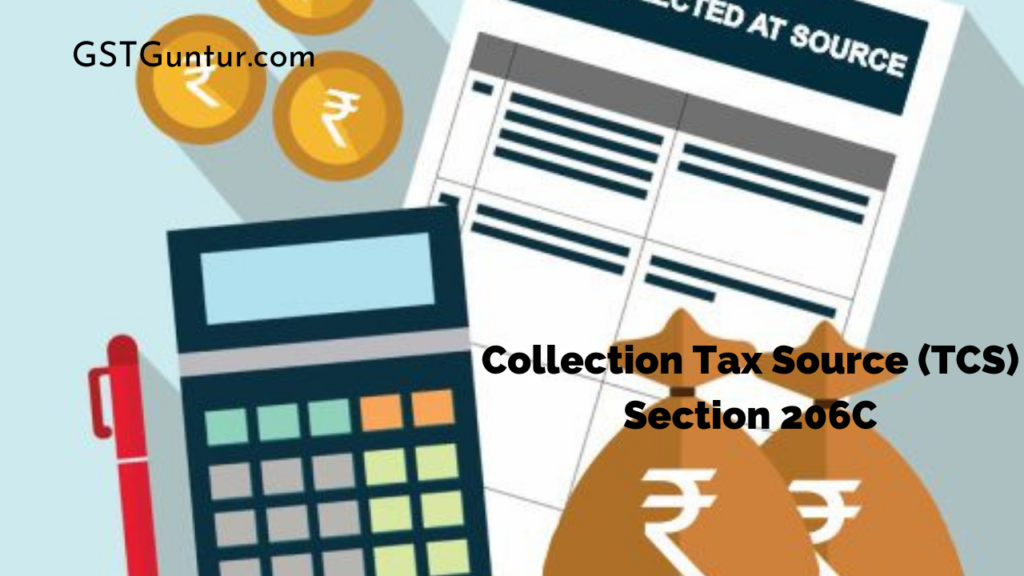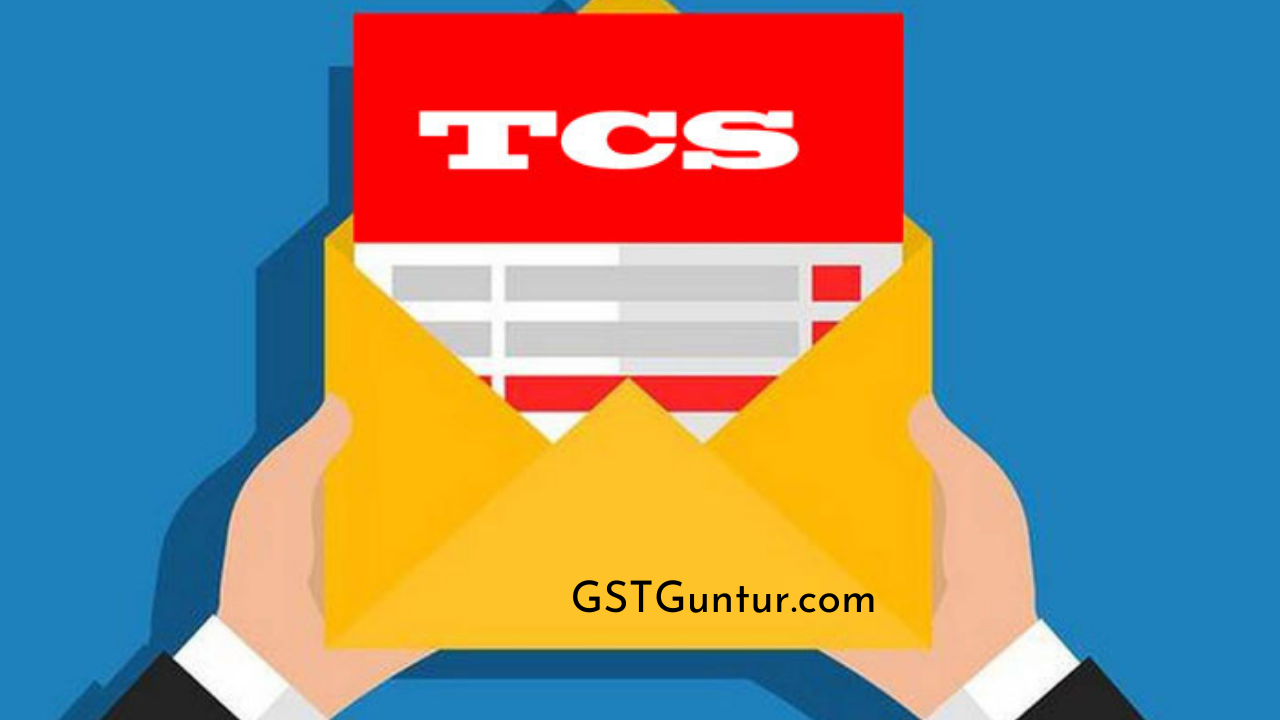GST on Government Related Activities: Transactions or activities initiated by the Local Authority or Union Territory or Central Government or State Government in which they are contracted as a public authority, i.e. services by means of any activity concerning a purpose entrusted to a Municipality under Article 243W of Constitution or to a Panchayat under Article 243G of the Indian Constitution are neither considered supply of goods nor supply of services – Notification No. 11/2017-IT (Rate) and No. 14/2017-CT (Rate) both dated 28-6-2017.
Introduction to GST
Suppose the government is considered a “person” under the GST act. Consequently, every supply of goods or services by or to the government is subject to GST (unless exempted).
A government company is not termed to be “Government Department” or “Government”. Even if the government owns 100% of its shares, the company cannot be recognised as a government department. A corporation, even though formed under an Act, is also not Government.
Functions consigned to a municipality have been listed in Para 7.3.2 of CBE&C’s ‘Taxation of Services under Article 243W of the Constitution of India: An Education Guide’ announced on 20-6-2012. These cover services like roads and bridges, water supply, public health, fire services, slum improvement, public amenities, functions entrusted to them by the Government, urban planning, regulation of land use etc. The detailed list is as follows:
The Twelve Schedule Under the Article 243W
- Bridges and roads.
- Water supply for industrial, domestic, and commercial purposes.
- Sanitation conservancy, public health, solid waste management and fire services.
- Promotion of ecological aspects, urban forestry, and protection of the environment.
- Safeguarding the concerns of weaker sections of society, including the mentally retarded and handicapped
- Promotion of cultural, aesthetic and educational aspects.
- Electric crematoriums, cremations and cremation grounds, and burials and burial grounds.
- Slum up-gradation and improvement.
- Alleviation of urban poverty.
- Provision of urban facilities and amenities such as playgrounds, parks, gardens.
- Prevention of cruelty to animals and cattle pounds.
- Registration of births and deaths and other essential statistics of the citizen.
- Public amenities including street lighting, bus stops, public conveniences and parking lots.
- Regulation of tanneries and slaughterhouses.
- Town planning and other essential urban planning.
- Construction of buildings and regulation of land use.
- Planning for social and economic development.
Functions mentioned under Article 243G relate to
- preparation of plans made for the development of the economy and
- implementation of schemes for the development of the economy and the entrusted to social justice for them, including those concerning matters listed in the Eleventh Schedule.
The items that are covered by the eleventh schedule are as follows:
- Implementation of land reforms, land consolidation, soil conservation and land improvement.
- Extension made for agriculture, including all-over agricultural.
- Water management, watershed development and minor irrigation.
- Farm forestry and social forestry.
- Animal husbandry, dairying and poultry.
- The minor forest produces.
- Industries of small scale, including food processing industries.
- The village, khadi, and cottage industries.
- The Scheduled Tribes and other Castes.
- The system of public distribution.
- Community assets maintenance.
- Housing in Rural places.
- Drinking water.
- Fodder and fuel.
- Bridges, roads, culverts, ferries, waterways and other modes of communication.
- The progress of the weaker sections, and in particular, of the Scheduled Caste
- Cultural activities.
- Fairs and markets.
- Primary health centres including hospitals, health and sanitation, and dispensaries.
- Electrification in Rural areas, including distribution of electricity.
- Sources of Energy which are Non-conventional.
- Programme for Poverty alleviation.
- Education, including schooling at primary and secondary levels.
- Vocational education and technical training.
- Non-formal education for Adults.
- The welfare of the Family.
- Child and Women Development.
- Social welfare, including the welfare of the mentally retarded and handicapped.
Services by the local authority or Union territory, State Government, Central Government excluding the following services are excluded from GST:
- services by the Post Department by way of life insurance, speed post, agency services and express parcel post provided to a person other than the State Government, Central Government, Union territory
- services in relation to a vessel or an aircraft, inside or outside the precincts of an airport or a port.
- transport of passengers or goods
- any service other than services provided to business entities covered under entries (a) to (c) earlier.
Services By Government To Business-Entities
Services provided by the local authority or Union territory, Central Government, State Government to a business entity with a collective turnover of up to twenty lakh rupees (in case of a special category state: its ten lakh rupees) in the previous financial year are excluded from GST.
This exemption does not apply to services supplied by railways, renting of immovable property, post and in relation to the vessel or aircraft. In the case of these services, the local authority or the Government providing these services is responsible for paying GST under the forwarding charge.
In the circumstance where annual turnover exceeds the specified limits, the Business Entity is accountable to pay GST under reverse charge. (in cases other than covered in points- i, ii, iii above)
Services By One Government To Another Government
Services granted by Union territory or a local authority, Central Government, State Government, where the consideration for such services does not surpass five thousand rupees are excluded from GST.
This exemption does not apply to services supplied by renting of immovable property, post, railways and in relation to the vessel or aircraft. In the matter of these services, the local authority or government providing these services is accountable to pay GST under the forwarding charge.
Services Up To Rs. 5,000 Supplied By Government
Services granted by Union territory or a local authority, Central Government, State Government, where the consideration for such services does not surpass five thousand rupees are excluded from GST – Sr No. 9 of Notification No. 9/2017-IT (Rate) and No. 12/2017-CT (Rate) both dated 28-6-2017.
In such circumstances, business entities receiving these services will not be applicable for reverse charge.
This exemption does not apply to services supplied by renting of immovable property, post, railways and in relation to the vessel or aircraft.
In the matter of these services, the local authority or government providing these services is accountable to pay GST under the forwarding charge.
If it is a perpetual supply service and the amount does not exceed Rs. 5,000 in a year, then the exemption does not apply.
Other Exempt Services
Services granted by Union territory or a local authority, Central Government, State Government by way of issuance of visa, passport, driving licence, death certificate or birth certificate are exempt from GST – Sr No. 61 of Notification No. 9/2017-IT (Rate) and No. 12/2017-CT (Rate) both dated 28-6-2017.
Services provided by way of registration claimed under any law. testing, safety check or certification relating to the safety or protection of workers, the public at large or consumers, including fire license, are exempt from GST.
Penalty and fine are imposed for breaking the law, and since it is not a consideration for an activity, so it is not considered the supply of service.
Water supply through tankers is exempted.
Plots are given on lease for the construction of public amenities by Govt. entity to Municipal Corporation, are exempt from GST.
Service of maintenance of park which is provided to Government is exempt from GST.
Services by an old-age home operated by State Government, Central Government, or entity under section 12AA of India’s Income-tax Act to its residents or citizens (aged 60 years or more) excluded from consideration when the amount is up to Rs. 25,000 per month (inclusive of charges all the charges for lodging, boarding and maintenance) are excluded from GST
Pure services (excluding composite supplies involving supply of any goods or other works contract service) provided by the local authority or Union territory, State Government, Central Government or a Governmental entity or governmental authority, by means of any activity in relation to any purpose entrusted to a Municipality under article 243W of the Constitution or in relation to any purpose authorised to a Panchayat under article 243G of the Constitution are exempt from GST.
Solid waste management\Conservancy service to Conservancy Department of Municipal Corporation of the government is a purpose designated under Sl. No. 6 from the Twelfth Schedule, i.e., sanitation, conservancy, solid waste management and public health, are exempt from the mortgage of GST.
Services provided by the local authority or Union territory, State Government, Central Government by way of assignment of the right to use resources from nature to an individual farmer for the rearing of all life forms of animals and cultivation of plants, except the rearing of horses, for fuel, raw material, food, fibre or other related products are exempt from GST.
Related Circulars
Circular No. 34/8/2018-GST
The service provided by State Government/Central Government to any business entity including PSUs by way of securing the loans taken by them from financial businesses against compensation in any form, including the Guarantee Commission, is taxable under the law.
Related Case Laws
[Authority for Advance Ruling, New Delhi: On NBCC (India) Ltd.][05-10-2018]
MoHUA-Ministry of Housing and Urban Affairs, Government of India, has appointed NBCC Ltd. as an agent for redeveloping certain colonies in Delhi. NBCC Ltd. has to reconstruct dwelling units, supporting infrastructure, commercial spaces and has done maintenance. The appellant sought a ruling on whether the applicant is accountable to pay GST.
It is ruled that the Ministry of Housing and Urban Affairs, Government of India, is not exempted from reimbursement of GST on sale of built-up commercial space, as it does not associate to any role entrusted to a municipality under Article 243W of the Constitution. Hence, the exemption made under Serial No. 4 of Notification No. 12/2017 – Central Tax (Rate) and parallel notifications under IGST and SGST are not admissible.
[Authority for Advance Ruling, Maharashtra: On Reliance Infrastructure Ltd.][21-03-2018]
The organisation is engaged in the business of production, importation and distribution of electricity. The company is obligated to boring trenches on roads and pay reinstatement charges to municipality authorities for reconstructing patches. A ruling is queried whether these charges are accountable to GST or not. The applicant demanded that such recovery of expenses amounts to service activity under article 243W of Constitution, in relation to a sovereign function entrusted to Municipality and hence, exempt from GST. It is commanded that restoration work be equated neither to maintenance work nor to construction work as suo motu undertaken by Municipal Authorities. Thus on such charges, GST is payable at the rate of 18%.

